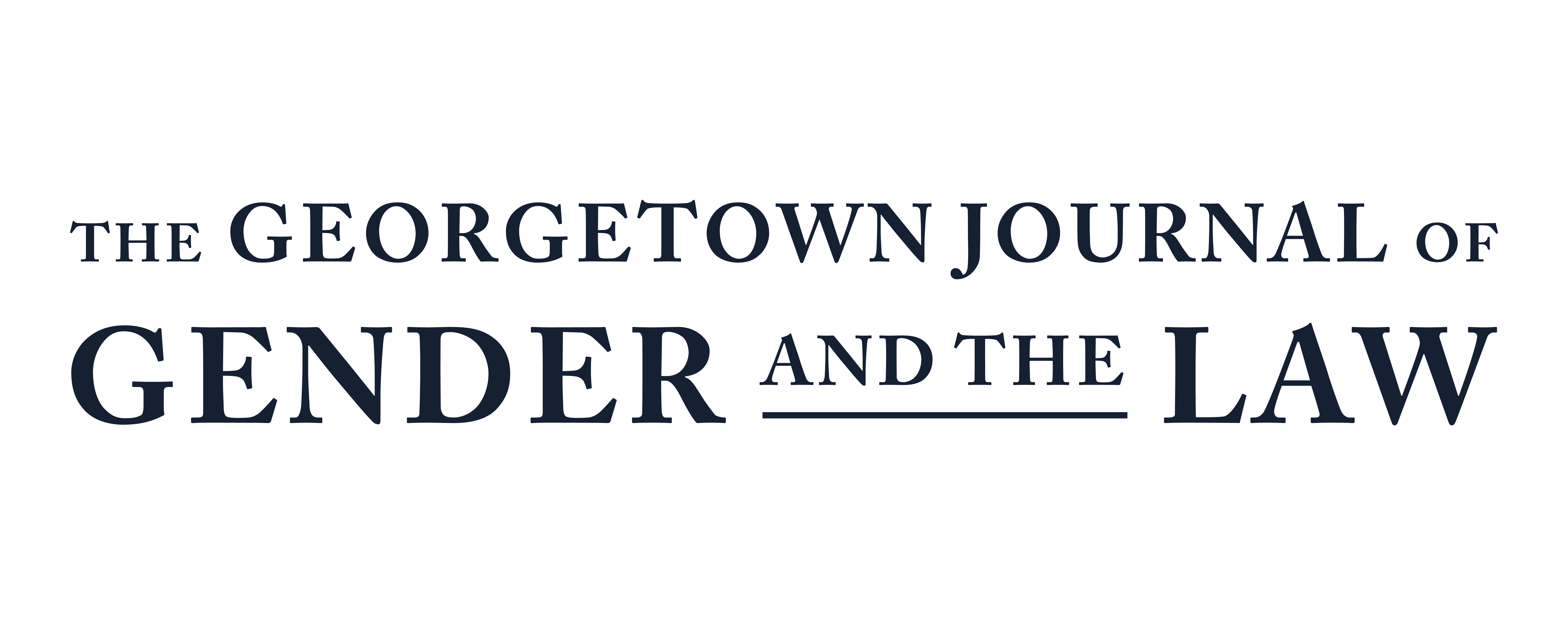Reframing the Argument: Sexual Orientation Discrimination as Sex Discrimination under Equal Protection
Despite four major Supreme Court opinions involving lesbian, gay, and bisexual (“LGB”) rights, how courts should treat sexual orientation under equal protection remains unknown. This ambiguity will persist until LGB advocates abandon the essentialist theoretical model of sexual orientation as a status derived from nature and instead promote a social constructionist framework that conceptualizes sexual orientation as a status derived from sex. Scholars assert that social constructionist arguments are “risky arguments” because they challenge the perceived natural order and incite anxieties about nonincremental change. Surprisingly, federal courts have become increasingly willing to conceptualize sexual orientation as a dynamic concept derived from sex and subsequently, to find that sexual orientation discrimination is a form of sex discrimination.
Courts and scholars have indeed talked about sexual orientation discrimination as sex discrimination, and some scholars have discussed individual cases. This article is the first to take a broad theoretical approach to this growing trend in federal courts. It argues that underpinning this striking development is a profound theoretical shift in how sexual orientation is conceptualized. It systematically reviews the three legal arguments that courts have used when adopting this approach: comparative, associational, and gender-stereotyping. It analyzes a comprehensive dataset of seventy-one cases to determine which of these arguments is gaining the most traction.
Understanding sexual orientation through the lens of sex discrimination not only promises to clarify how courts should approach LGB equality, but also better reflects the diverse reality and fluidity of modern gender identities, and it makes sense, normatively, theoretically, and strategically. This theoretical argument is now the less “risky argument.” In short, this article (1) provides groundbreaking theoretical insights to a remarkable shift in how courts are treating sexual orientation, (2) challenges scholarly notions of how LGB social justice litigation should be approached, and (3) offers a solution to the ambiguity in how sexual orientation should be treated under the Equal Protection Clause.
Continue Reading Reframing the Argument
Subscribe to GJGL
